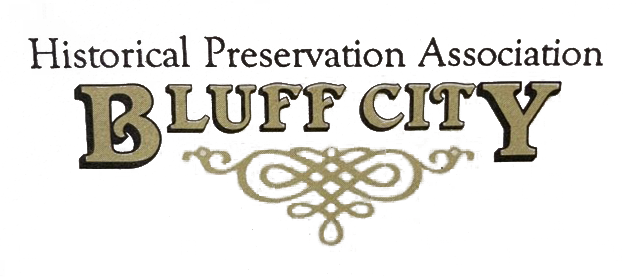Natural History
|
River notes from the Bluff City Historic Preservation Association (2003) Bluff River Trail: A Gift to Us All.
|
The cottonwood tree’s seed dispersal is timed perfectly with spring runoff. The seeds germinate in the moist substrate left on the banks of a receding river.
|
Many human activities, but mostly Navajo Dam upstream and Glen Canyon Dam downstream, built in the early 1960's have altered the river's natural regime and ecology. The Bluff River Trail crosses the ghost of the old floodplain.
|
|
The Weeminuche (Ute) call the the San Juan River Paa' tukwit Tava' Mowisi' Mana'nok, which translate to River Flowing from the Sunrise. The Diné (Navajo) call the San Juan River: Bits’iinineezi, which translates to One With A Long Body and Tooh Bika’i, which translates to Male River.
|
From river to town, life zones go from aquatic habitat, riparian vegetation (willow, tamarisk, Russian olive), cottonwood bosque, and remnant wetlands, to the high drive river terraces. Each zone has a distinct community of flora and fauna.
|
Why isn’t the San Juan River clear? As the surrounding land erodes, its particles silt-up in the river. Side drainages like Cottonwood Wash are usually dry, but in seasonal rains they deliver the silt and sand that color the river. At peak stage, as much as 75 percent of the river’s volume can be sediment.
|
|
The San Juan is home to two endangered native fish, the Colorado Pikeminnow and the Razorback Sucker. Most common fish: catfish (introduced).
|
Headwaters: Colorado's San Juan Mountains. Confluence: with the Colorado River on Lake Powell.
|
The river floods and trickles. It runs high in spring runoff and late-summer monsoons, and low in midsummer and winter.
|










